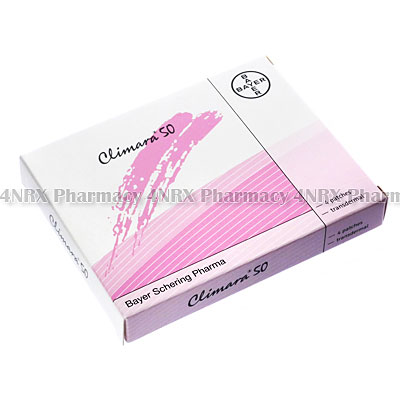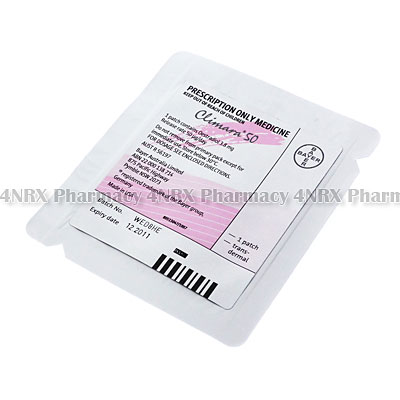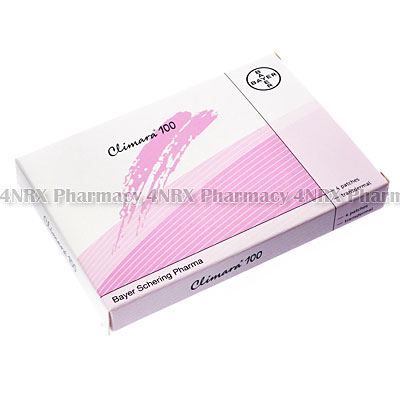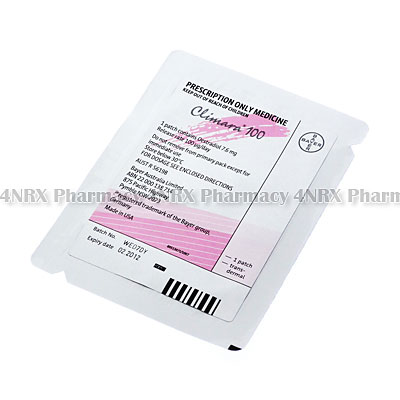 |
Home  Womens Health Womens Health  Climara (Estradiol) Climara (Estradiol) |
|
|||||||||
|
Climara (Estradiol)
What is Climara (Estradiol) used for? Climara (Estradiol) is a transdermal patch which is used to treat symptoms of the menopause, such as vaginal itching, dryness or discomfort, as well as other menopause symptoms. The active ingredient in this product, estradiol, is a naturally occurring female sex hormone. During the menopause, declining levels of this hormone can cause symptoms such as vaginal dryness. By replacing the declining levels of estradiol in the body, this product helps to treat menopause symptoms. How should I use Climara (Estradiol)? Climara (Estradiol) comes in the form of transdermal patches, which are applied directly to the skin. You should apply the patch to a clean and dry section of skin, usually on the stomach or the top of the buttocks. Your physician will tell you how long you need to wear the patch for. Some patients may be told to wear it for 1 week. If you are applying a new patch, you should apply it to a different area than the previous patch. What are the side effects of Climara (Estradiol)? Possible side effects of Climara (Estradiol) include:
Report any side effects to your physician immediately. Other more serious side effects may also occur when using these patches. You should seek immediate medical attention if this occurs. Please Note This medication may increase the risk of endometrial cancer. Discuss the risk of this with your physician before using these patches. Strictly follow all instructions provided to you by your physician or pharmacist while using Climara (Estradiol). Optimum and safe dosage can differ based on the patient and the condition being treated. As this medication may be unsafe for certain patients, it is essential you always inform your physician if you are pregnant or breastfeeding, as well as if you have any allergies, other illnesses, or ongoing health conditions, and if you are taking any other form of medication, supplements, or herbal products. Immediately seek emergency medical care if you have any allergic or hypersensitive reaction. Common signs of a reaction include hives, swelling, skin rashes, chest pains, as well as trouble breathing or swallowing. 



|
|||||||||||||||||